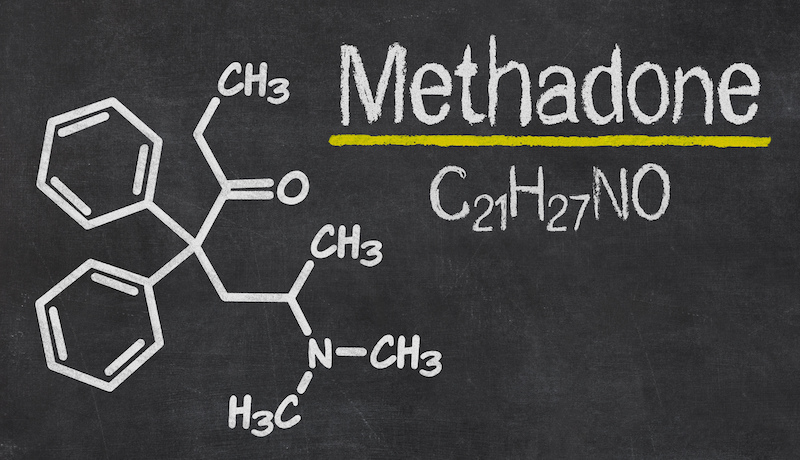Plus: Troubling Latino OD trends; federal funding for harm reduction; and teen drinking and brain development
By William Wagner
March 30, 2021It makes sense intuitively: When the family unit is strong, so is someone’s chance of avoiding or beating opioid addiction. And now researchers from Penn State University and Syracuse University have provided useful evidence on the matter.
Other topics that piqued our interest this week include rising Latino overdose deaths in California, federal money for harm reduction services, and the effects of alcohol on the adolescent brain.
Future research should examine the role of U.S. policies that make disconnected adults especially vulnerable to developing opioid use disorders.”—study in “Drug and Alcohol Dependence”
From Drug and Alcohol Dependence:
The Role of Family in Curbing Opioid Use
Family is a difference-maker when it comes to opioid use disorder (OUD), according to a study published in Drug and Alcohol Dependence for which researchers pored over nationally representative data from 2002 to 2018 on people ages 18 to 34. Consider the group’s findings: Married young adults have a lower probability of misusing prescription opioids or using heroin than their unmarried counterparts; the presence of children in a household is a deterrent against the adults misusing opioids; and young adults who aren’t married or don’t have children (called “disconnected adults” in the study) are most vulnerable to opioid misuse. The authors conclude that “[f]uture research should examine the role of U.S. policies that make disconnected adults especially vulnerable to developing opioid use disorders.”
From the Drug Policy Alliance:
Troubling Latino OD Trends in California
A new report by the Drug Policy Alliance shines a light on an alarming rise in overdose deaths among California’s Latino population. From 2016 to 2019, opioid-related deaths among Latinos in the state climbed from 2.59 per 100,000 to 5.07. Historically, the rates of OD deaths in the United States as a whole have been lower for Latinos than for other racial and ethnic groups. But the report’s authors say their findings are a red flag, signaling a potential escalation of Latino opioid issues that extends beyond the California border. “[I]t is noteworthy that overdose death rates among the Latino community in California have increased significantly in recent years,” they write. Among the mitigation efforts recommended by the authors are decriminalizing possession of small amounts of drugs, expanding access to the overdose-reversal drug naloxone, bolstering health services in high-risk Latino communities and increasing the number of front-line medical professionals who speak Spanish.
From Filter:
A Governmental Boost for Harm Reduction
Seems the U.S. government is coming around on the benefits of harm reduction, which has gained traction in clinical circles in recent years. The publication Filter reports that “buried” deep in the recent American Rescue Plan Act are “three paragraphs” allocating $30 million to various harm reduction services, such as nonprofit community-based organizations. While that sum might seem like a pittance in a $1.9 trillion bill, it marks a turning point in addiction care: This is the first time harm reduction ever has received federal funding. Filter calls the allocation “a seismic change for the federal government’s approach to harm reduction.”
From Alcohol:
Binge Drinking Tweaks the Teen Brain
Not much is known about how heavy drinking affects the adolescent brain, but researchers from the University of Eastern Finland and Finland’s Kuopio University Hospital have taken a step toward finding out. In their study, they observed changes to the cerebellar lobules in the cerebellum among participants who consumed large amounts of alcohol. Said Virve Kekkonen, M.D., an adolescent psychiatry specialist and the study’s lead author, in a news release: “These areas of the brain are associated with motor and cognitive functions. However, further research is needed in order to assess the significance and implications of these findings.”
Photo: Gus Moretta














